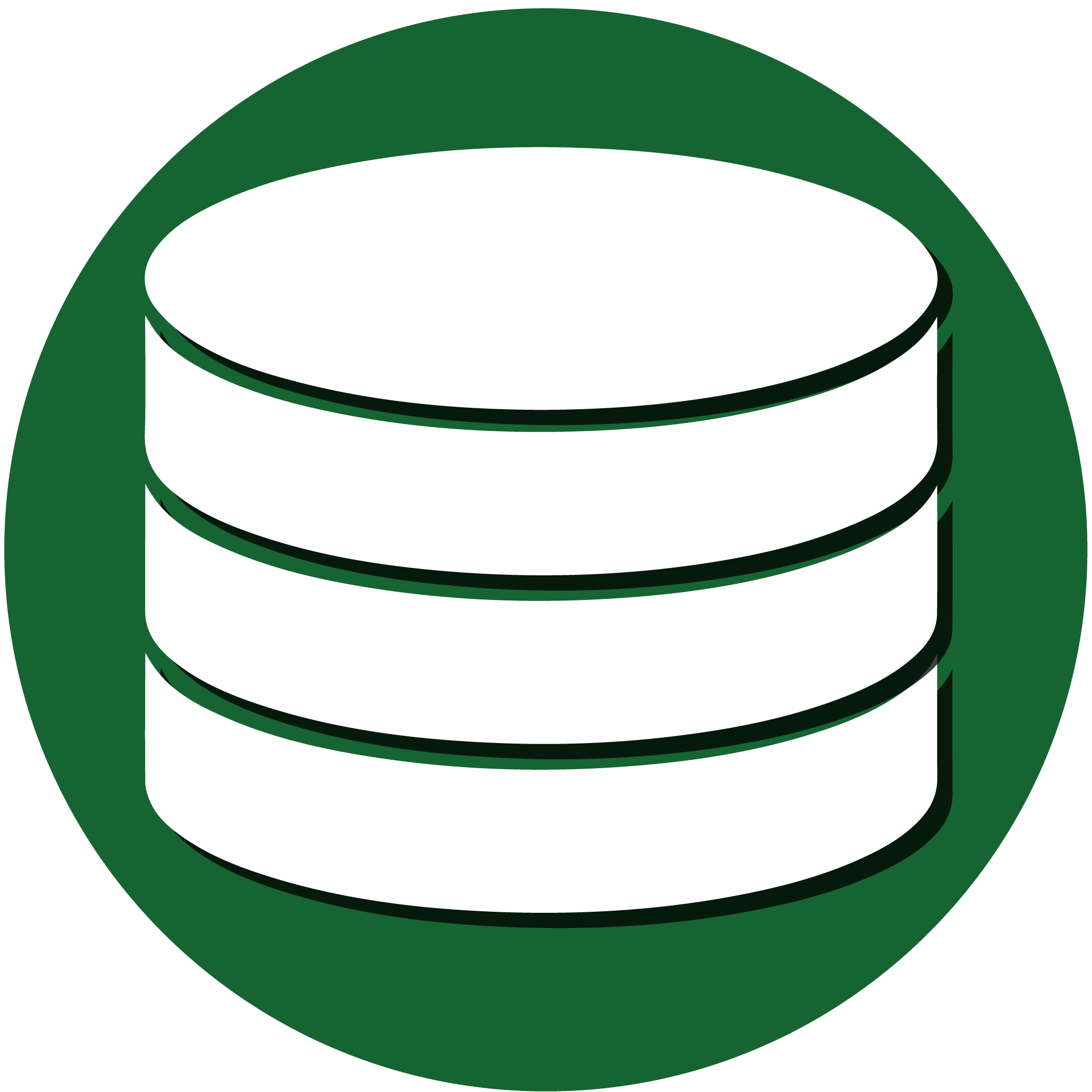
This course provides detailed information on the architecture of an Oracle Database instance and database, enabling you to effectively manage your database resources. You learn how to create database storage structures appropriate for the business applications supported by your database. In addition, you learn how to create users and administer database security to meet your business requirements. Basic information on backup and recovery techniques is presented in this course.
• Database Administrator
• Developer
• Implementer
• Systems Administrator
Module 1: Introduction to Oracle Database
• Oracle Database Server Architecture
• Oracle Multitenant Container Database
Module 2: Accessing an Oracle Database
•Connecting to an Oracle Database Instance
•Oracle Database Tools
• Enterprise Manager Cloud Control 13c
Module 3: Creating an Oracle Database by Using DBCA
• Planning the Database
• Choosing a Database Template
• How Are Character Sets Used
• Using the Database Configuration Assistant
Module 4: Creating an Oracle Database by Using a SQL Command
• Creating a Container Database (CDB)
• Using the SEED FILE_NAME_CONVERT Clause
• Using the ENABLE PLUGGABLE DATABASE Clause
Module 5: Starting Up and Shutting Down a Database Instance
• Oracle Database Instance
• Comparing SHUTDOWN Modes
• Opening and Closing PDBs
Module 6: Managing Database Instances
• Initialization Parameters
• Automatic Diagnostic Repository
• Data Dictionary
Module 7: Oracle Net Services
• Oracle Net Services
• Oracle Net Listener
• Comparing Dedicated and Shared Server Architecture
Module 8: Configuring Naming Methods
• Establishing Oracle Network Connections
• Name Resolution
•Using Database Services to Manage Workloads
Module 9: Configuring and Administering the Listener
• Review: Oracle Net Services Overview
• Oracle Net Listener: Overview 9-4
• Configuring Dynamic Service Registration
• Configuring Static Service Registration
Module 10: Configuring a Shared Server Architecture
• Shared Server Architecture
• SGA and PGA Usage
• Shared Server Configuration Considerations
Module 11: Creating PDBs from Seed
• Provisioning New Pluggable Databases
• Using the FILE_NAME_CONVERT Clause
• Using OMF or the PDB_FILE_NAME_CONVERT
• Parameter
Module 12: Managing PDBs
• Modifying PDB Settings
• Impact of Changing Initialization Parameters
• Configuring Host Name and Port Number per PDB
Module 13: Database Storage Overview
• Database Storage Architecture
• Segments, Extents, and Blocks
• Tablespaces and Data Files
• Oracle Database Storage Structures: Interactive Architecture Diagram
Module 14: Creating and Managing User Accounts
•Database User Accounts
•Authenticating Users
• Assigning Quotas
Module 15: Configuring Privilege and Role Authorization
• System Privileges for Administrators
• Using Roles to Manage Privileges
• Making Roles More Secure
Module 16: Configuring User Resource Limits
• Profiles and Users
• Profile Parameters
• Oracle-Supplied Password Verification Functions
Module 17: Implementing Oracle Database Auditing
• Database Security
• Monitoring for Compliance
• Mandatorily Audited Activities
• Administering the Roles Required for Auditing
• Viewing Audit Policy Information
• Archiving and Purging the Audit Trail
Module 18: Introduction to Loading and Transporting Data
• Moving Data: General Architecture
• Oracle Data Pump
• SQL Loader
Module 19: Transporting Data
• Data Pump Export and Import Clients
• Using Oracle Data Pump with PDBs
• Using RMAN to Transport Data Across Platforms
•Database Transport
Module 20: Database Monitoring and Tuning Performance Overview
• Database Maintenance
• Automatic Workload Repository (AWR)
• Automatic Database Diagnostic Monitor (ADDM)
• Performance Tuning Methodology
Module 21: Managing Memory
• Managing Memory Components
• Efficient Memory Usage: Guidelines
• Understanding Automatic Shared Memory
• Management
• Oracle Database Memory Parameters
• Describe Oracle Database architecture.
• Configure the database to support your applications.
• Manage database security and implement auditing.
• Implement basic backup and recovery procedures.
• Move data between databases and files.
• Employ basic monitoring procedures and manage performance.
Null